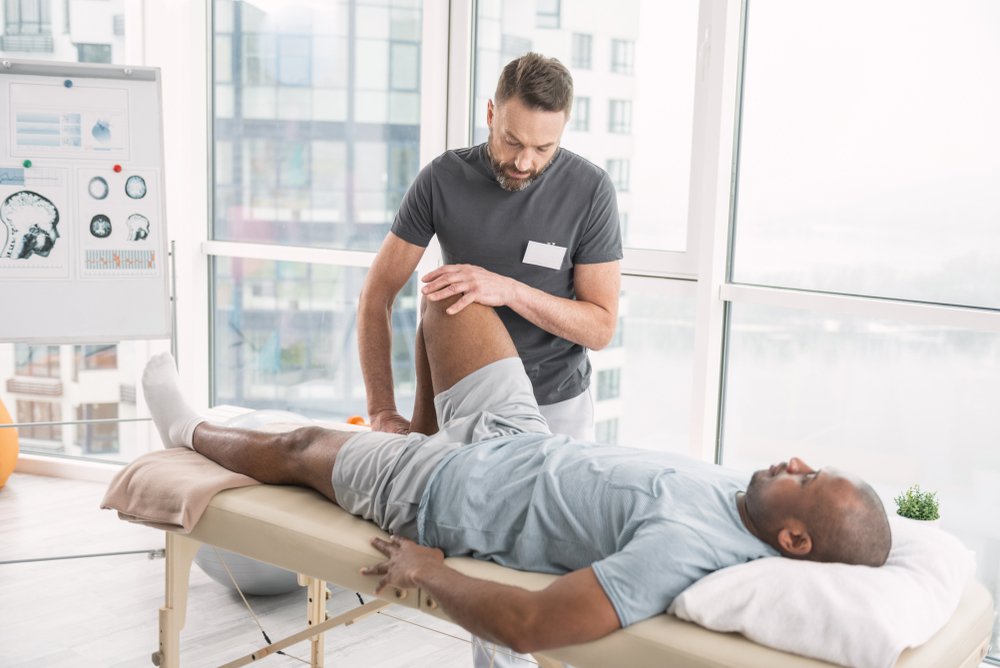Exploring the Diverse Methods of Physiotherapeutic Therapy for Improved Recovery and Rehabilitation
Exploring the Diverse Methods of Physiotherapeutic Therapy for Improved Recovery and Rehabilitation
Blog Article
Physical rehabilitation is an important discipline that assists individuals recover from injuries, surgeries, and various health issues. It entails a variety of methods aimed to improve movement, reduce pain, and enhance general physical capability. Physiotherapy practitioners are qualified experts who evaluate each patient’s needs and develop customized treatment plans. These plans often consist of workouts, manual therapy, and instruction about body mechanics. By employing these varied techniques, physiotherapy can substantially improve a person’s quality of life.
One common technique used in physical is rehabilitative activity. This involves specific movements and activities that assist build muscle strength, enhance range of motion, and increase endurance. For instance, a patient rehabilitating from leg operation may perform workouts that concentrate on restoring power in the leg muscles. These exercises are carefully chosen based on the patient’s condition and objectives. By gradually boosting the difficulty and complexity of the exercises, physical therapists can help clients recover their strength and movement over time.
Another important technique is hands-on treatment, which includes physical approaches to manipulate the human body tender tissues and articulations. This can involve stretching, joint movement, and massage. Manual therapy aims to alleviate pain, minimize swelling, and enhance blood flow. For instance, a practitioner may apply light pressure to relieve tension in tight muscles or to help a articulation move more freely. This method is often combined with other treatments to improve rehabilitation and promote recovery. Patients personal trainer certification programs often consider manual therapy to be a relaxing and effective way to control their discomfort.
In furthermore to exercises and hands-on therapy, instruction plays a crucial role in physical. Therapists teach clients about their conditions and how to handle them effectively. This may entail guidance on correct posture, physical mechanics, and techniques to prevent future traumas. For example, a practitioner might show a patient how to raise weighty items properly to prevent straining their spine. By empowering clients with knowledge, physiotherapy therapists help them take an engaged part in their rehabilitation and encourage long-term wellness and well-being.
Ultimately, technology is progressively being integrated into physiotherapy practices. Tools such as sonography, electrical impulses, and virtual environments can enhance traditional treatment approaches. These technologies can assist reduce discomfort, encourage healing, and offer engaging methods for clients to participate in their recovery. For example, immersive reality can generate engaging environments for patients to rehearse movements in a safe plus protected setting. As technology continues to evolve, it provides exciting opportunities for improving rehabilitation results in physical.
In summary, physical encompasses a variety of methods that work together to assist recovery and rehabilitation. Through rehabilitative exercises, manual treatment, patient instruction, and the use of technological tools, physical therapists offer holistic care tailored to each individual’s needs. This comprehensive method not only assists patients regain their bodily abilities but also empowers them to sustain their health in the long-term run. As more individuals acknowledge the benefits of physical, it continues to play a crucial role in the journey toward enhanced well-being and well-being.